Modernist 100.
The Modernist 100 list is a work in progress. It is an on-going documentation of the significant modernist buildings in Singapore. Do you see any significant building or landscape missing from this list? Please let us know here.
There is a large number and great diversity of buildings in Singapore that can be considered as modern. By modern, we are referring to not just architectural aesthetics but also constructional and environmental techniques, socio-economic processes, cultures, and political rationalities. The quantity and diversity are rooted in Singapore’s short but vibrant history variously as a colonial port city, a post-independent developmental state, and a contemporary global city. In this short introduction of the inventory list, we provide a brief sketch of how the shortlisted modernist buildings help to bring this rich socio-cultural history to life. Read the full statement >
This list is the result of 2019 mASEANa conference with the support of: Singapore Heritage Society
mASEANa Project NUS Department of Architecture
View by:
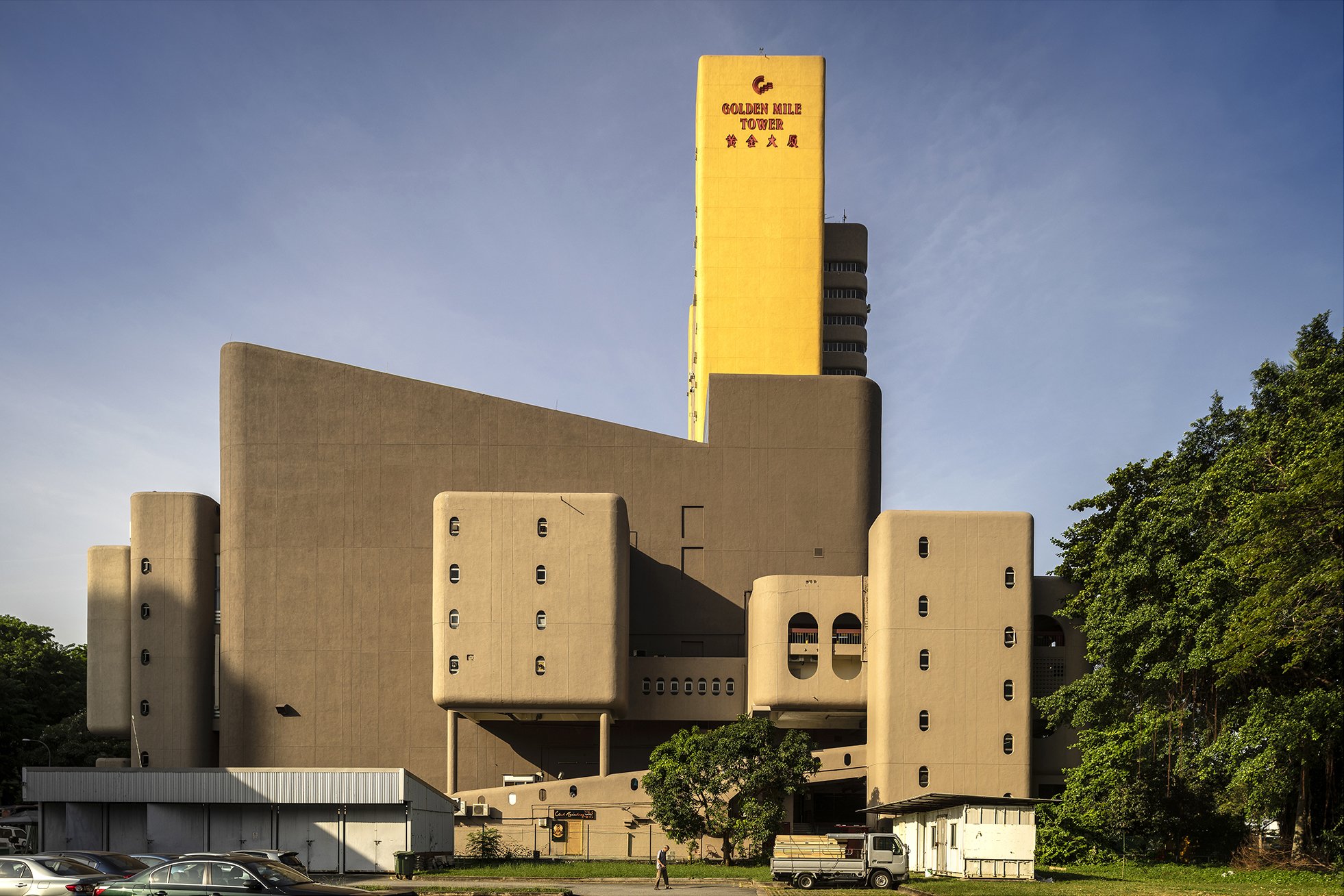
Golden Mile Tower
Year: 1973 (podium), 1976 (entire development)
Architect: Goh Hock Guan Design team with Tay Joo Teck
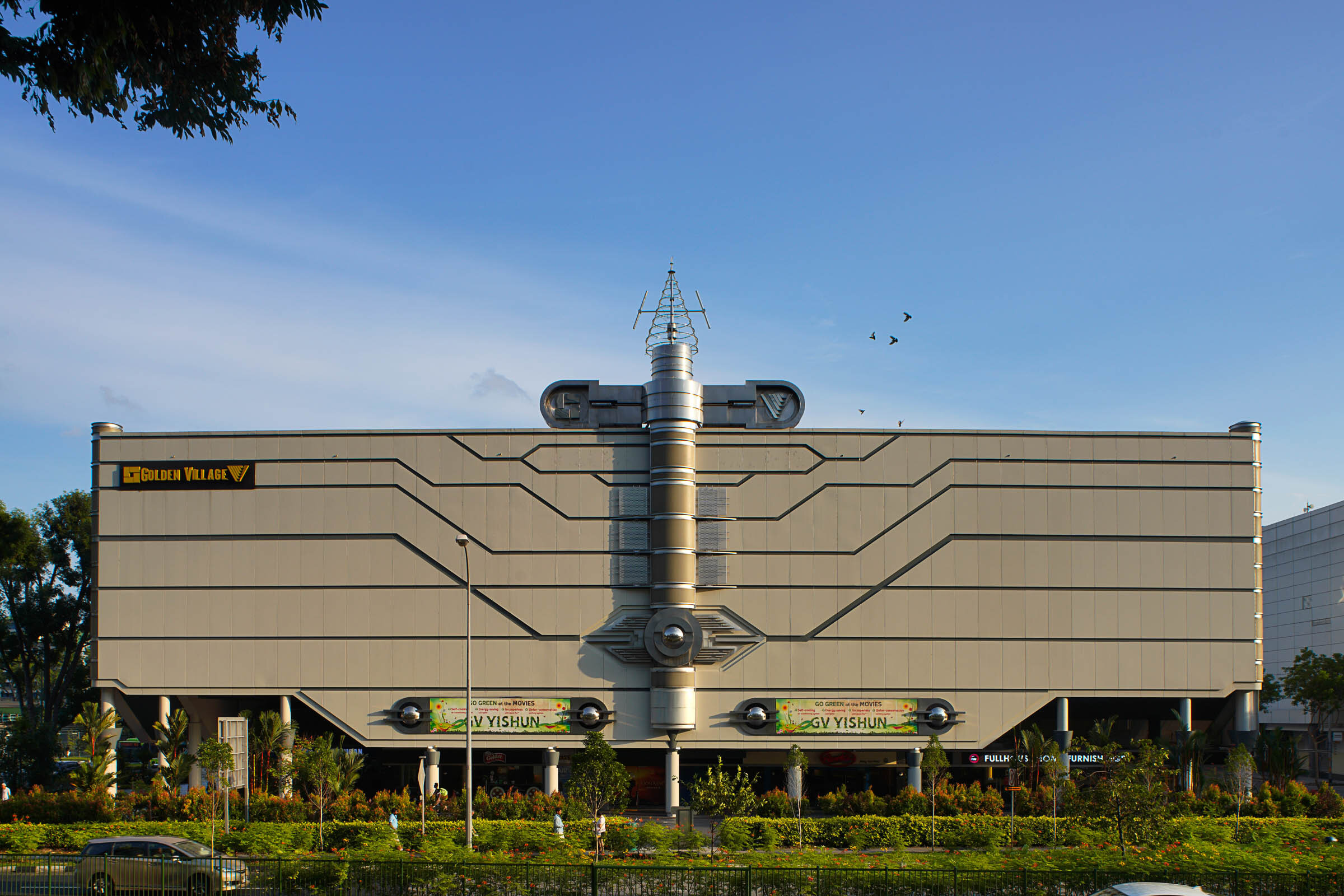
Yishun 10
Year: 1992
Architect: Geoff Malone
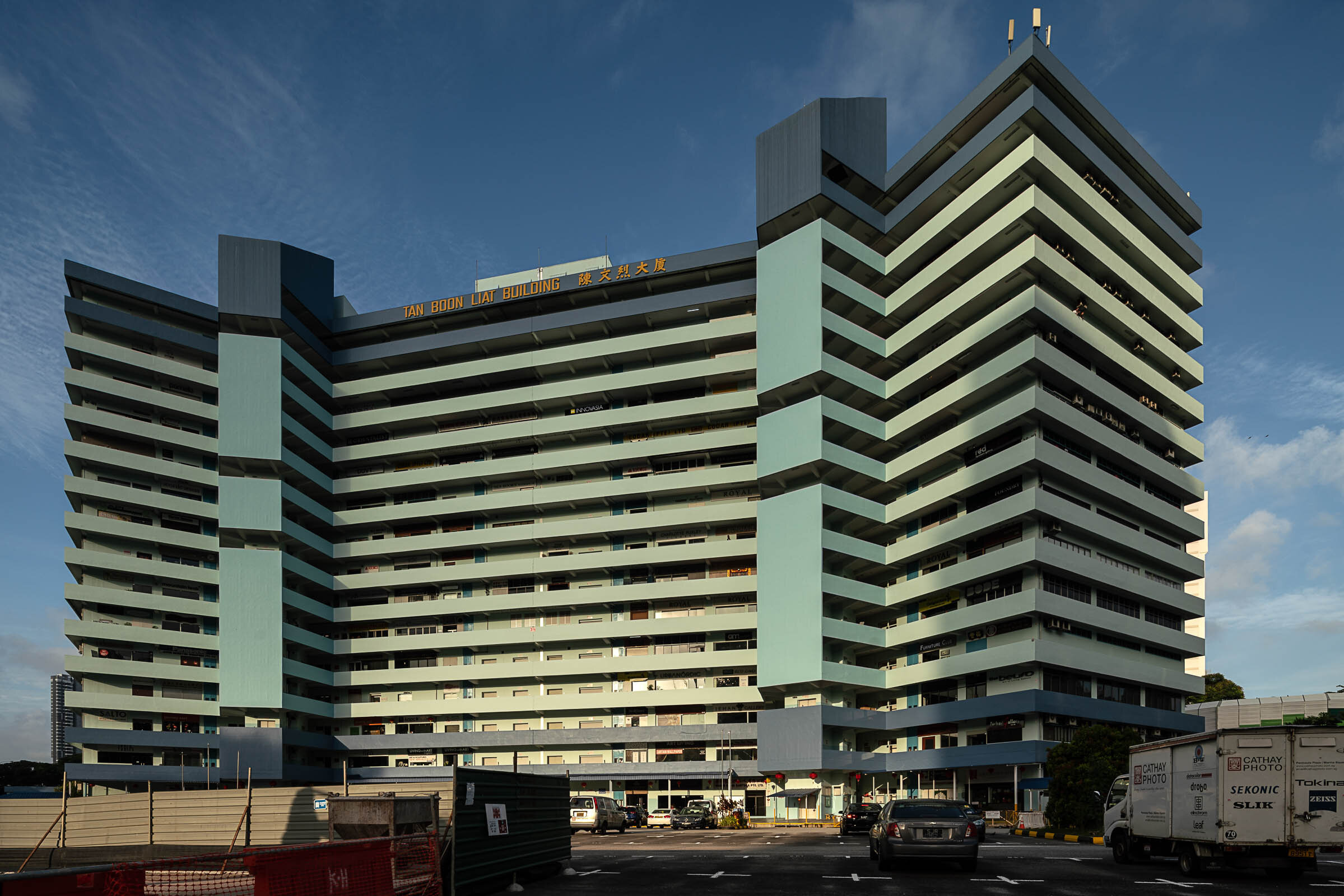
Tan Boon Liat Building
Year: 1976
Architects: Chok & Associates
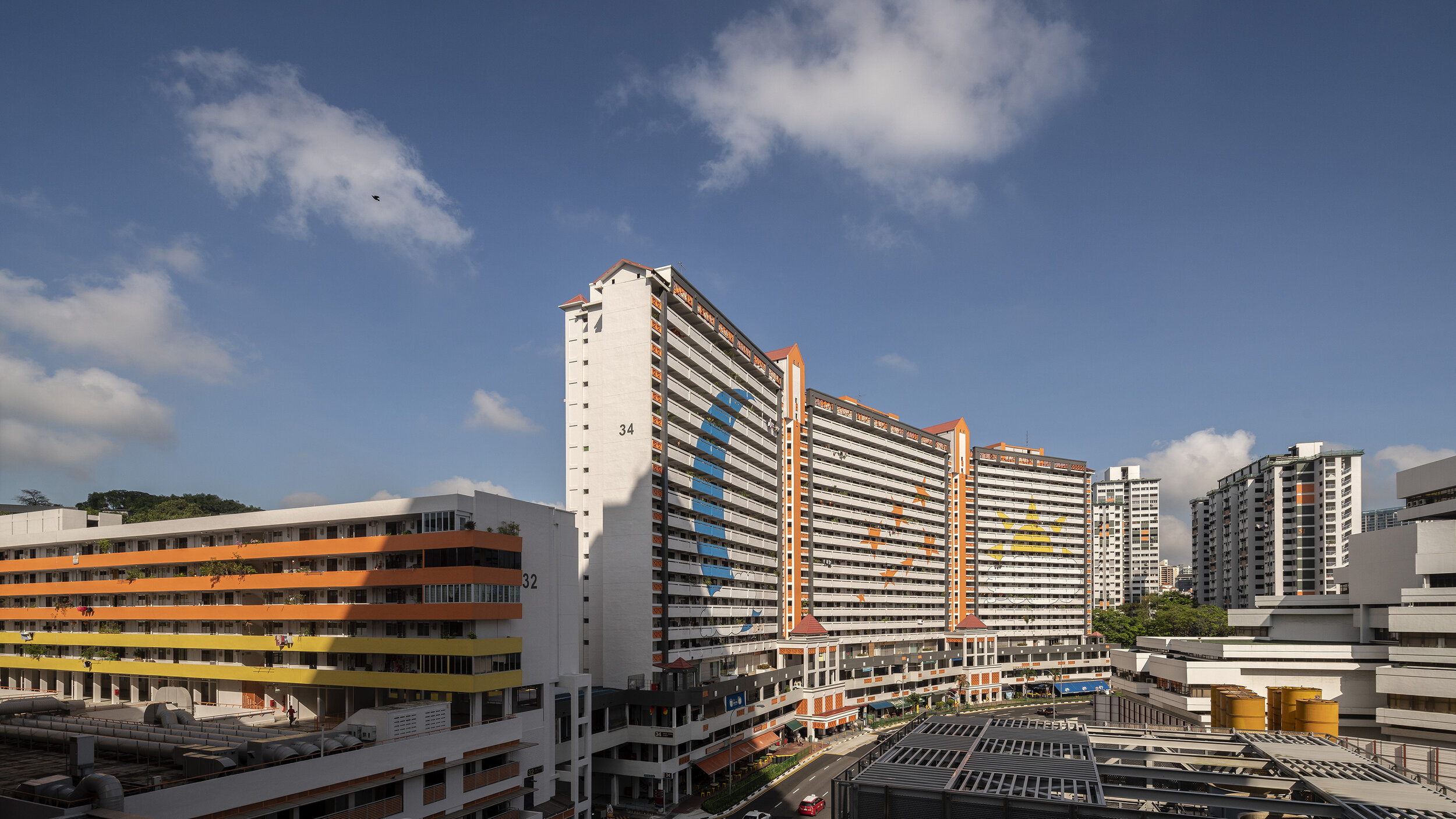
Park Road Development
Year: 1968
Architects: Tan Wee Lee, Peter B.K. Soo, Seet Chay Tuan, Housing and Development Board
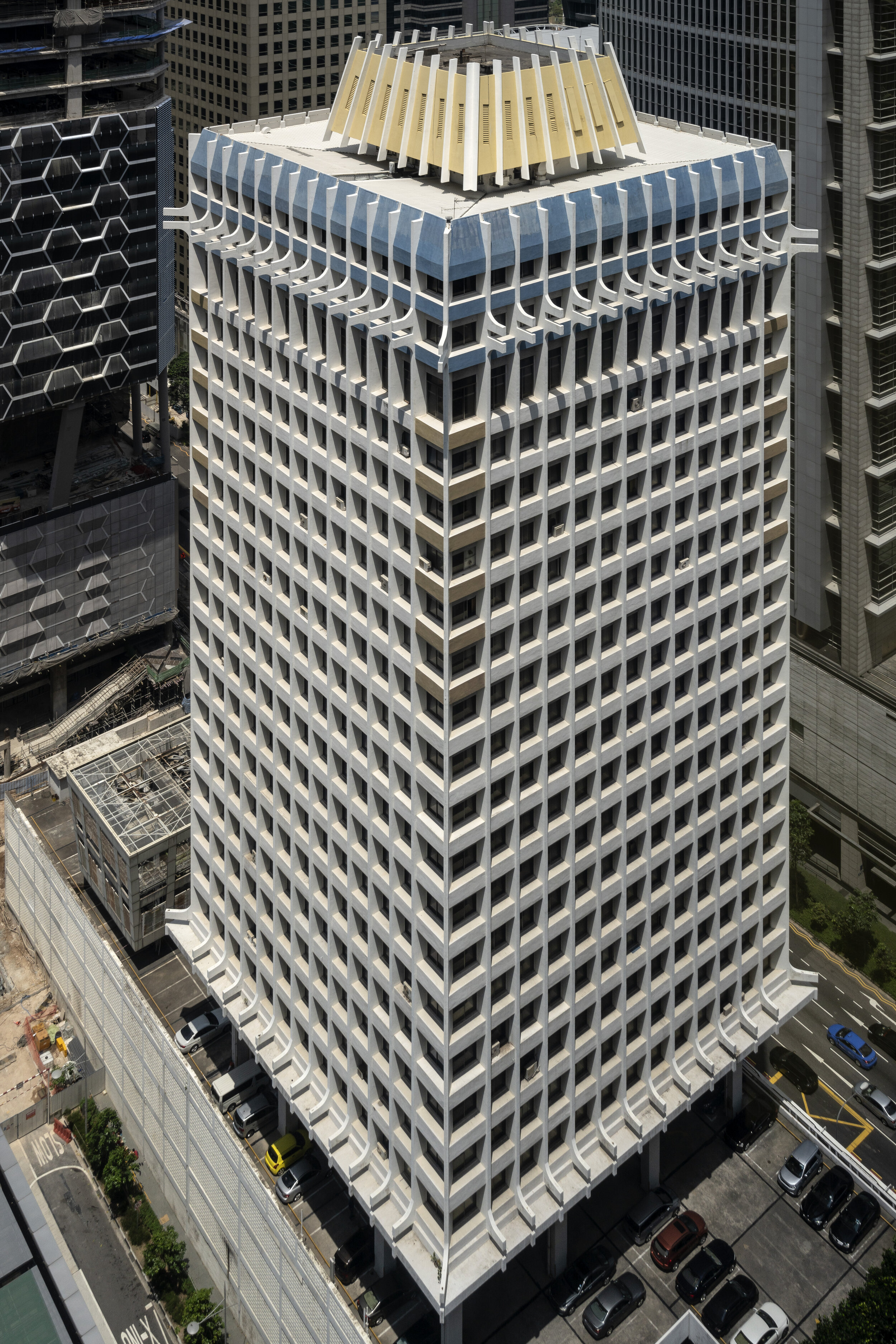
Shenton House
Year: 1975
Architect: Tay Joo Teck Chartered Architect
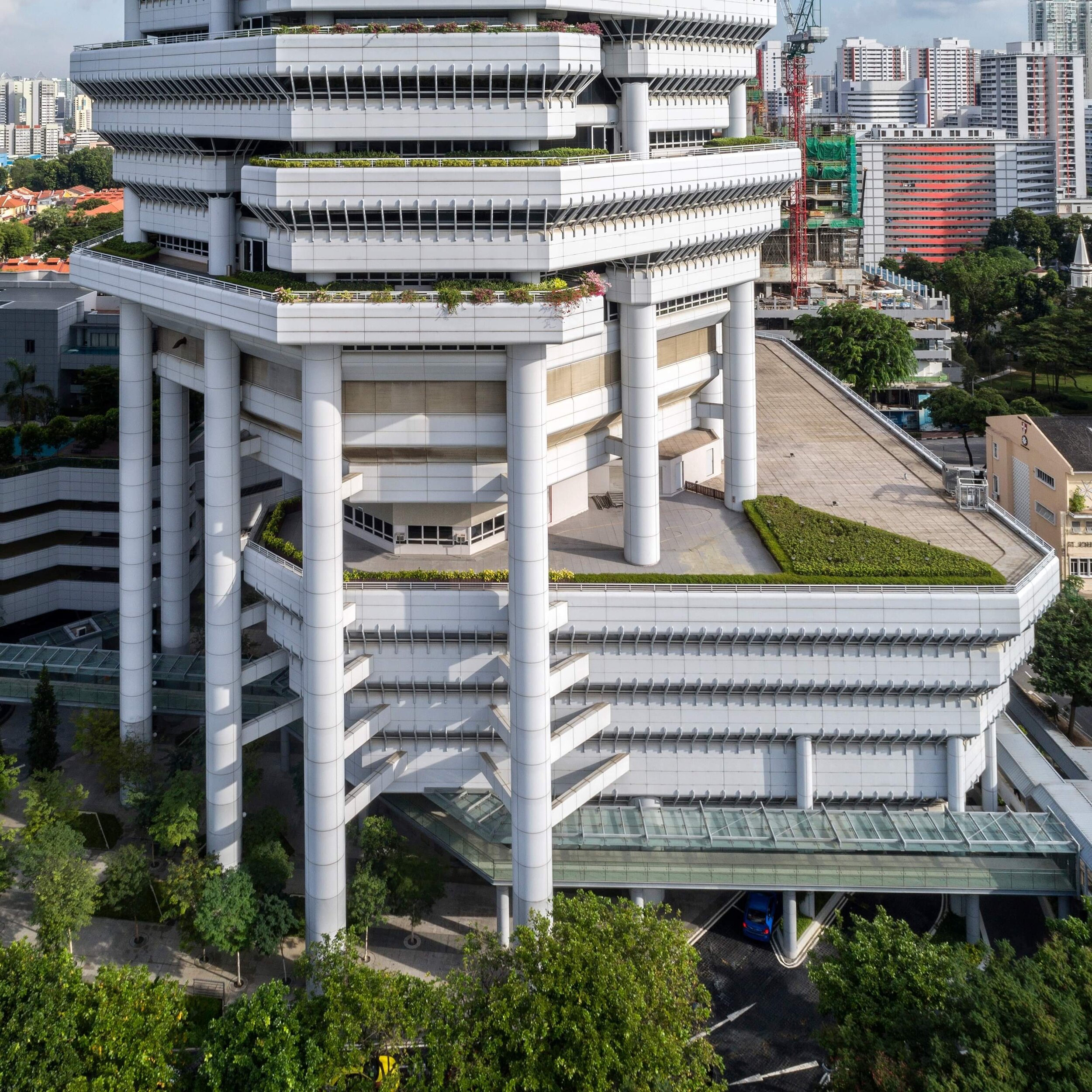
The Concourse
Year: 1994
Architect: Paul Rudolph, in association with Architects 61
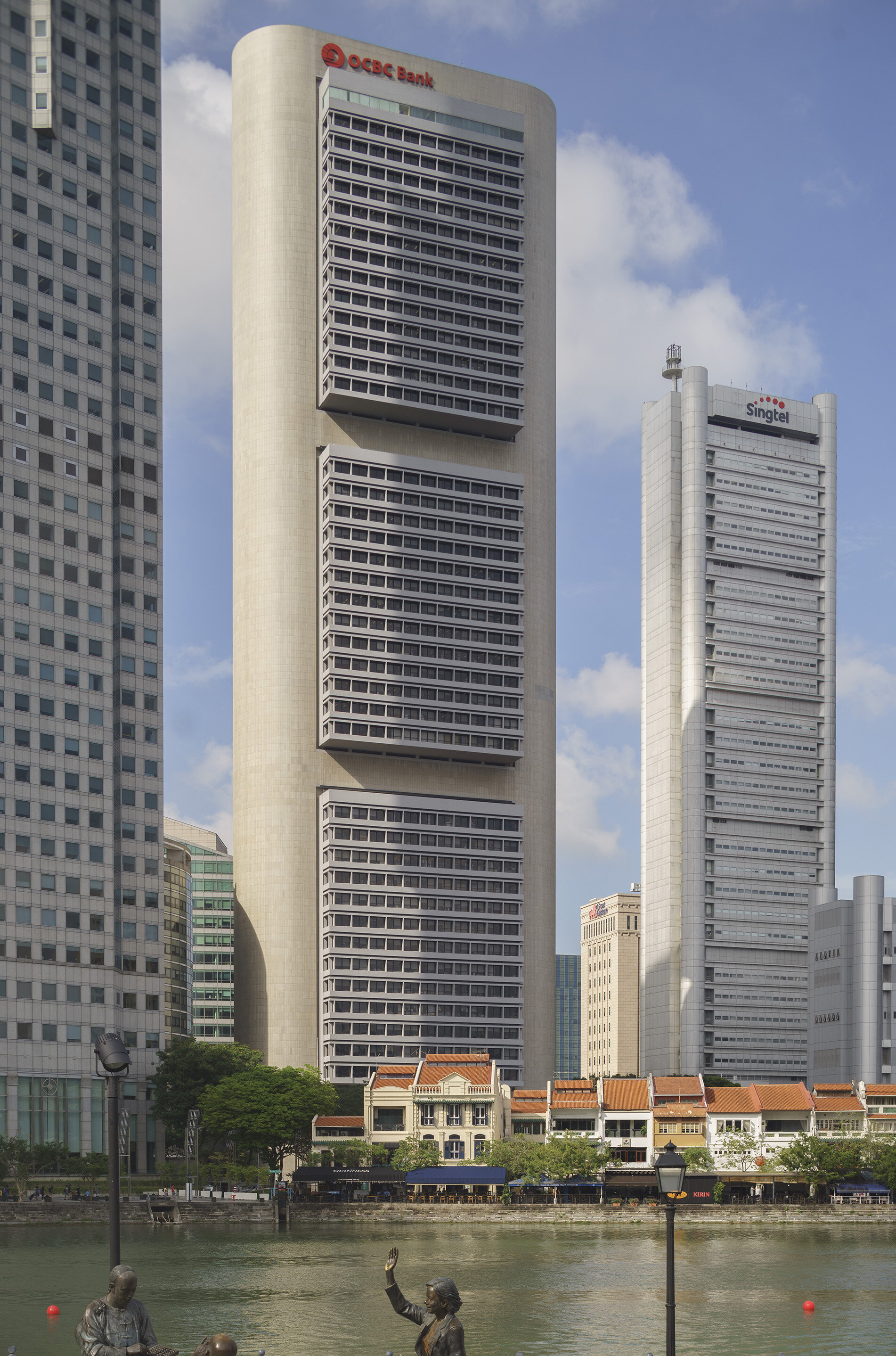
OCBC Centre
Year: 1976
Architect: I. M. Pei and BEP Akitek

People’s Park Complex
Year: 1973
Architect: Tay Kheng Soon, William S.W. Lim, Koh Seow Chuan of Design Partnership Architects
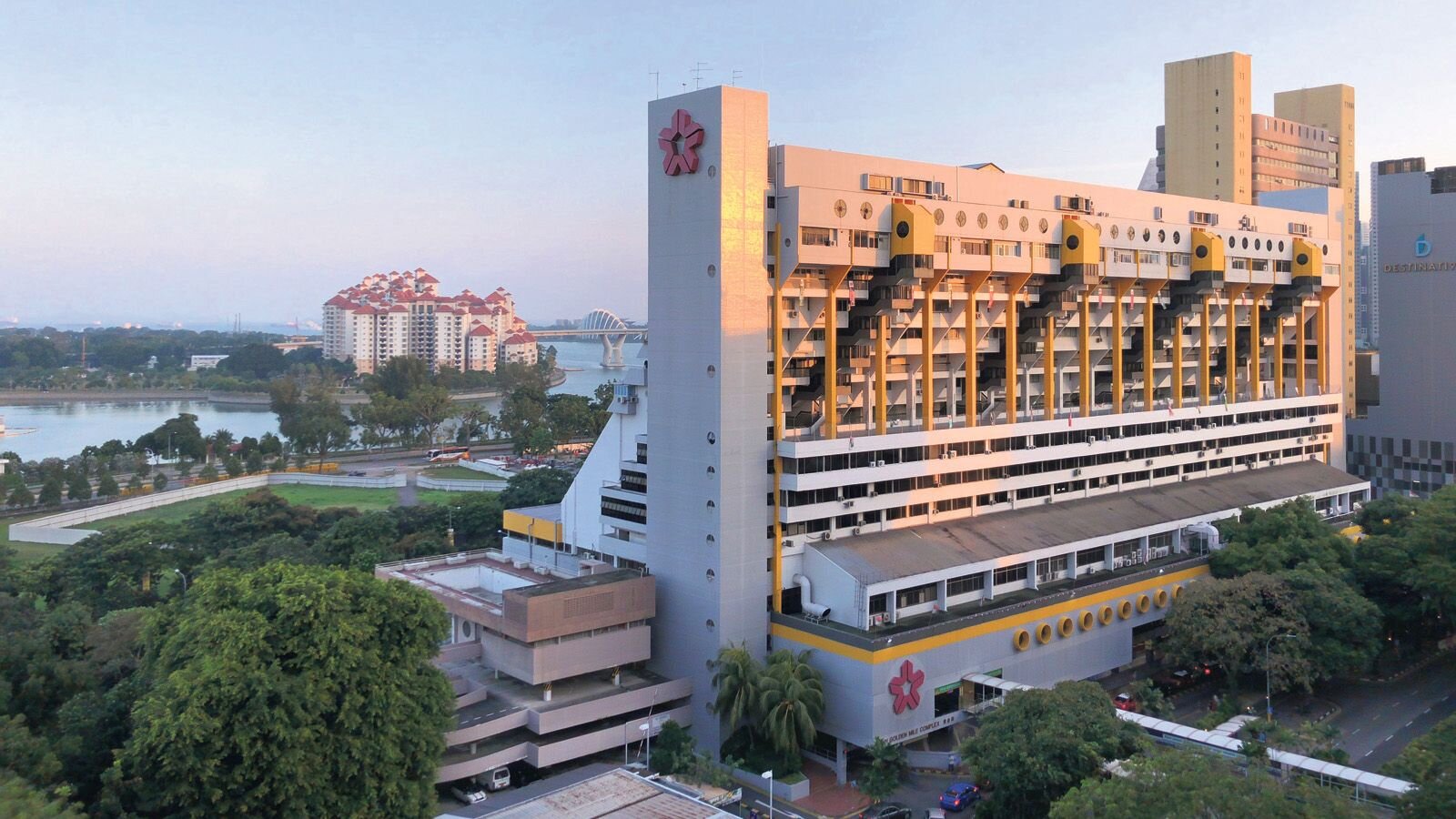
Golden Mile Complex
Year: 1973
Architect: Tay Kheng Soon, William S.W. Lim, Gan Eng Oon from DP Architects
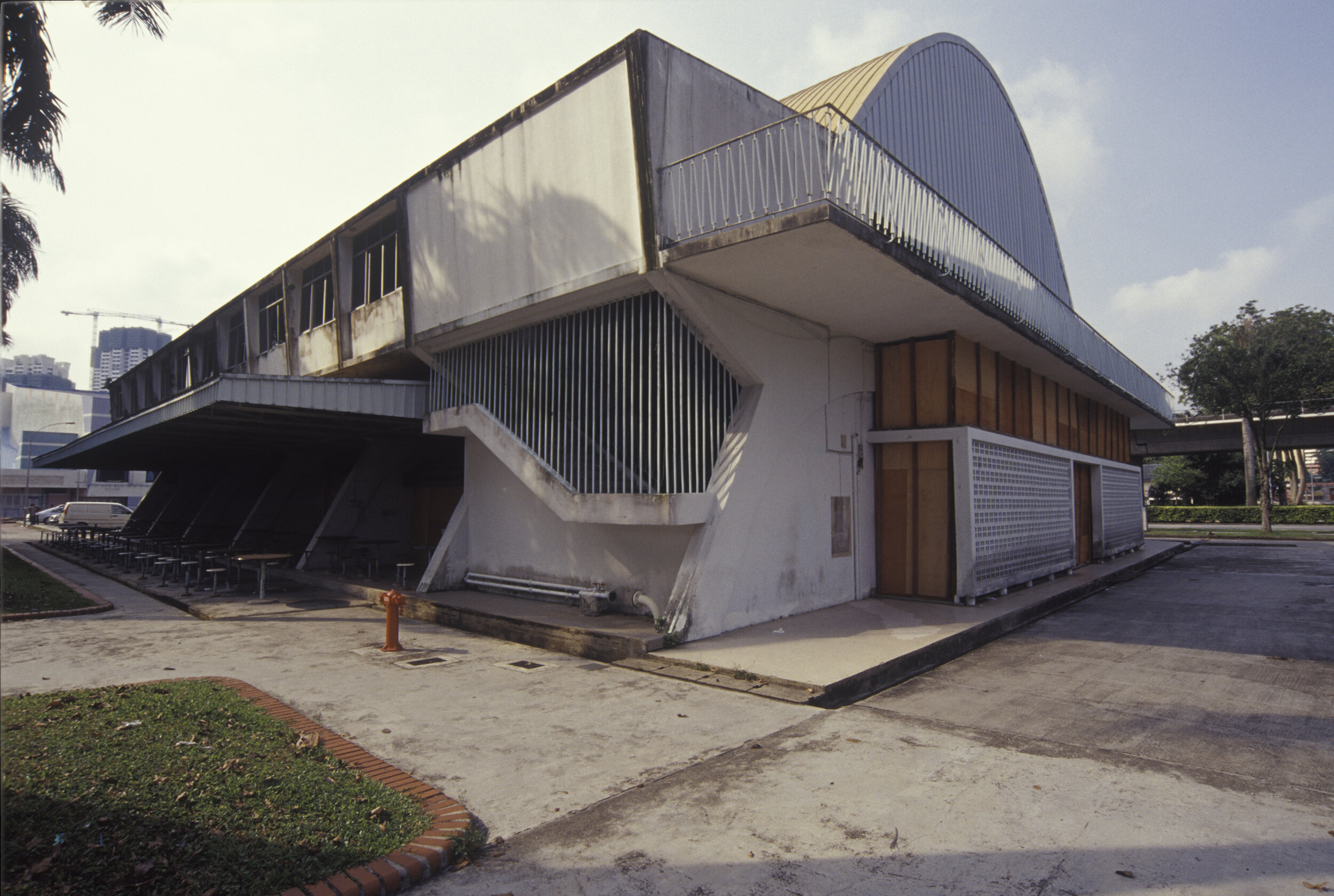
Queenstown Market
Year: 1960
Architect: Singapore Improvement Trust
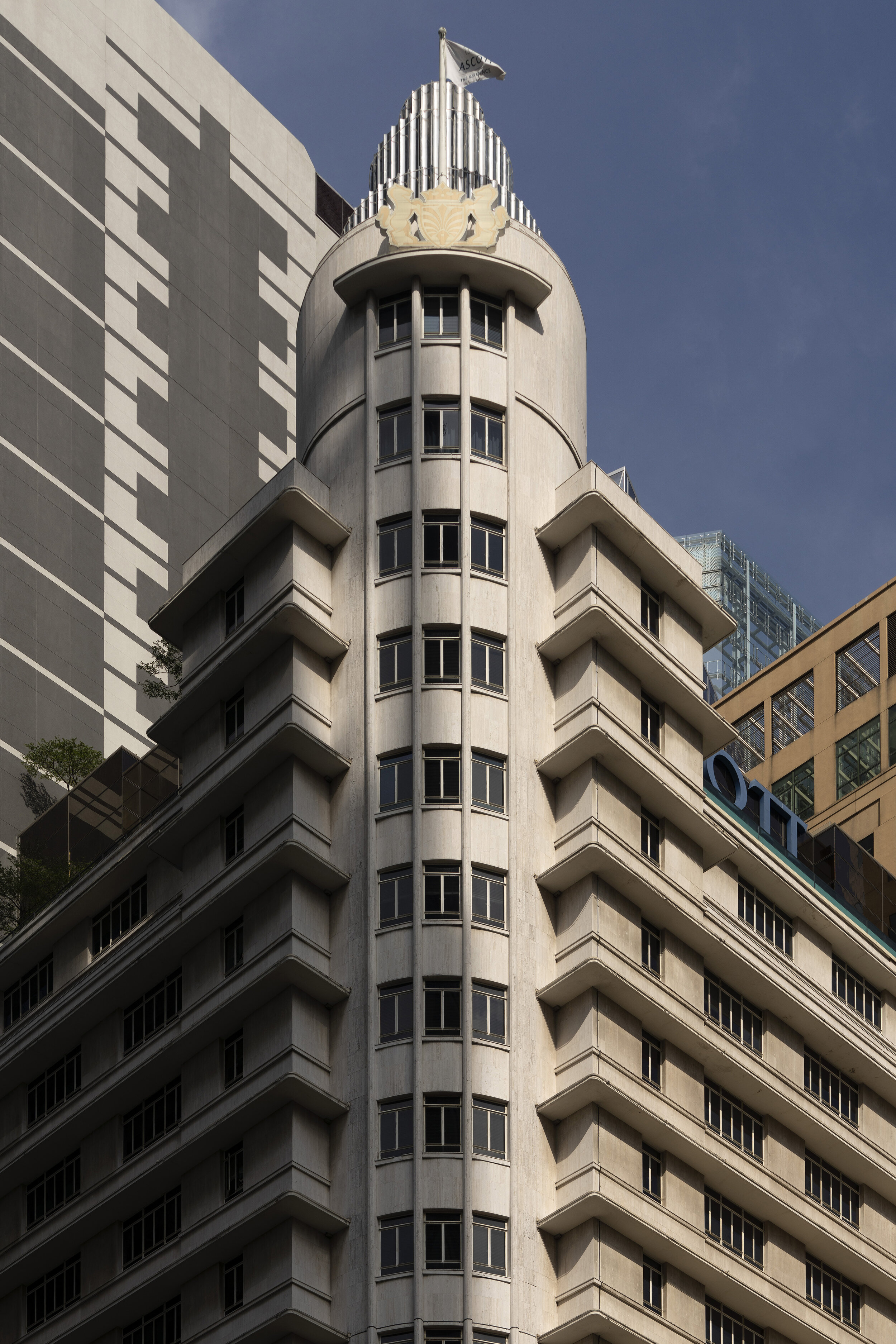
Asia Insurance Building
Year: 1955
Architect: Ng Keng Siang
* The difference between a building being “threatened” and “not conserved” is not always a clear cut one. For this website, we classify a building as being “threatened” under a few circumstances—1. when it has been put up for sale by its owner(s) and there is a likelihood that it might be demolished in the name of redevelopment, 2. when it has been left empty and without tenants for a while and might be awaiting redevelopment, and/or 3. when a notice for demolition and redevelopment has been put up.


